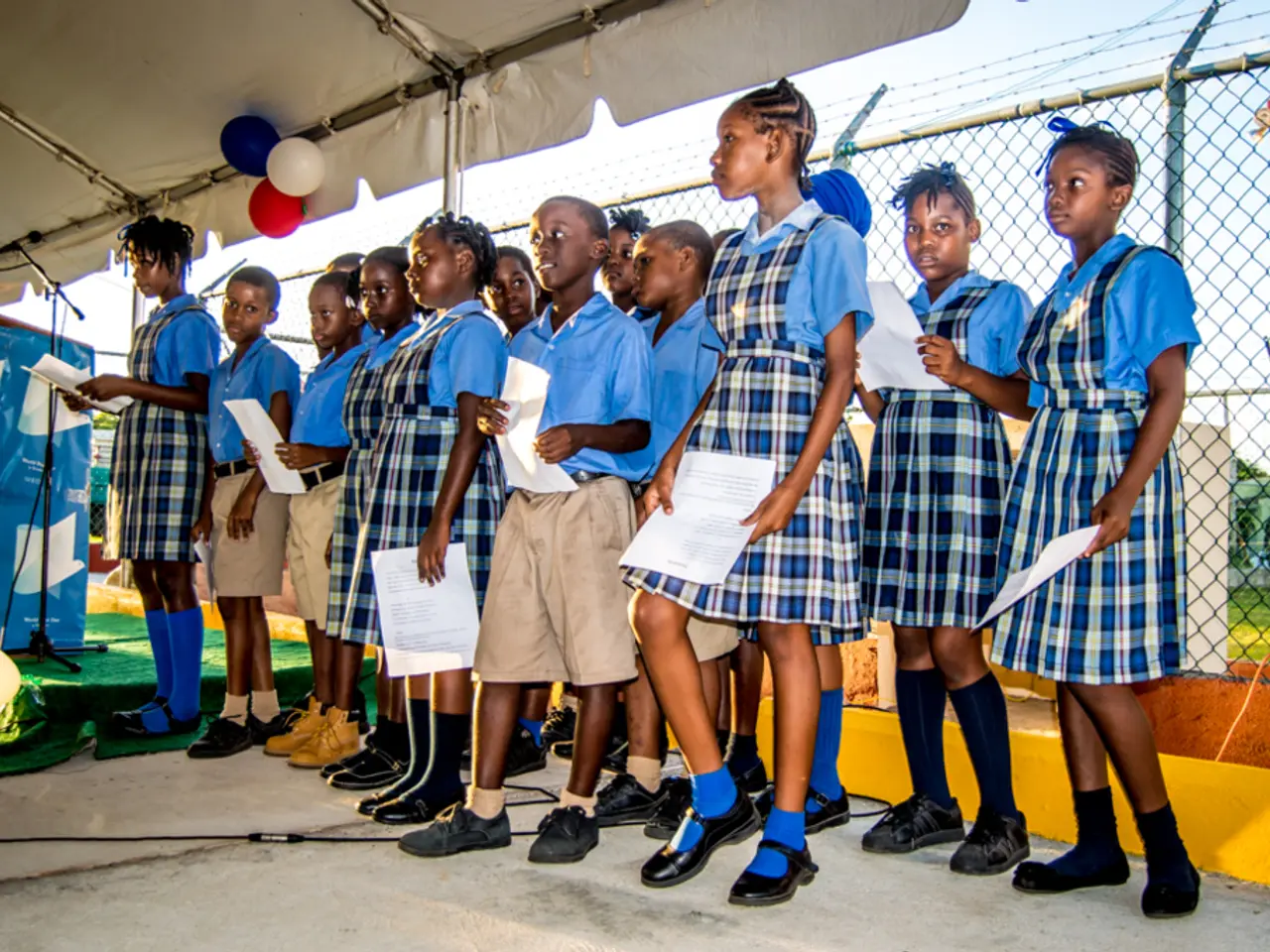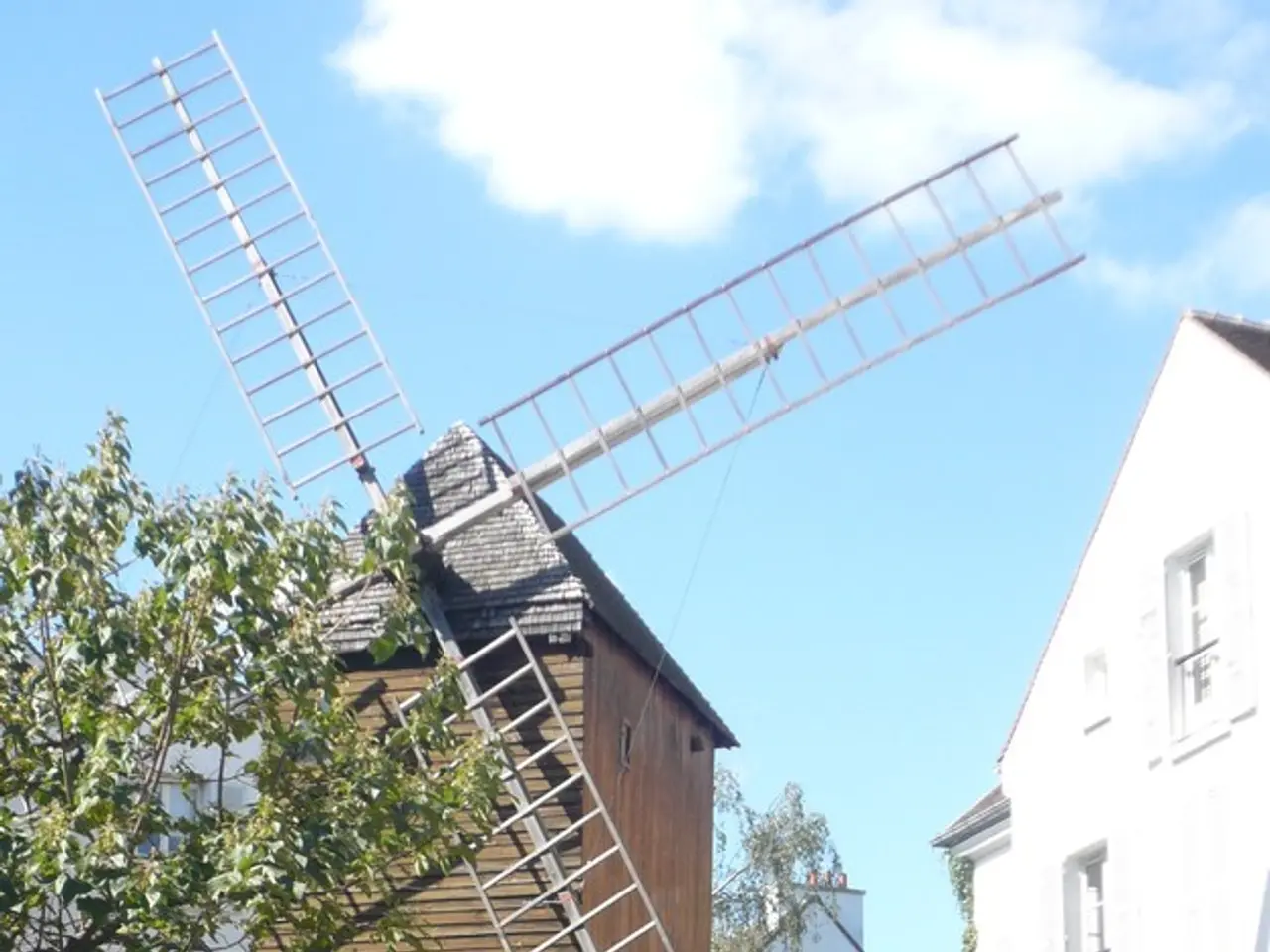Citation Styles: An Overview and Selection Guidance
In the world of academia, correctly citing sources is crucial for maintaining academic integrity. Fortunately, modern technology has made this process easier with the help of AI writing tools. One such platform offers a comprehensive solution for students and researchers, aiming to make academic writing more accessible and efficient.
The platform's citation features are designed to streamline the citation process, providing a citation generator, library, and reference finder. With this tool, users can search for specific papers by title or DOI, ask questions, and retrieve relevant references. To cite a source, users simply choose to cite or save it to the citation library. The platform automatically formats citations according to the chosen style, saving users time and effort.
There are various citation styles used in academia, each with its unique features and conventions. Three of the most common are the American Psychological Association (APA), Modern Language Association (MLA), and Chicago style.
APA (American Psychological Association) is widely used in social sciences, nursing, health, and related fields. It emphasizes thoroughness, the importance of the date of publication, and authority. APA uses in-text citations with the author’s name and year, and the reference list is titled "References." It can involve running heads and precise formatting rules.
MLA (Modern Language Association) is primarily used in English and other language studies. It focuses on simplicity and authority. In-text citations typically include the author’s last name and page number, and the citation list at the end is called "Works Cited." MLA prizes straightforward formatting.
Chicago style is common in history, art, and philosophy, valued for its flexibility in citing diverse source types. It offers two citation systems: (1) Notes and bibliography (using footnotes or endnotes paired with a bibliography); (2) Author-date (similar to APA). The bibliography is titled "Bibliography." Chicago style is known for accommodating nearly any type of source with detailed citation options.
Other styles mentioned include Harvard (author-date, often varying by institution), MHRA (uses footnotes and bibliography, common in English Literature), OSCOLA, and Vancouver, each catering to specific academic communities or legal and medical disciplines.
The IEEE Style (Institute of Electrical and Electronics Engineers) is used in engineering and scientific fields, with a focus on numerical citations that help readers identify sources without disrupting the flow of the text. The IEEE style guide provides guidance on formatting technical articles, including sections, figures, tables, and grammar rules.
Social media citations are typically done using permalinks, timestamps, and archive tools to link back to the social media content.
Choosing the appropriate citation style depends on the field of study and institutional guidelines. However, with the help of AI tools, managing and adhering to these styles can be made simpler, allowing users to focus on their research and writing.
In summary, APA is date-focused and common in social sciences; MLA emphasizes simplicity and is used in language studies; Chicago provides flexible options and suits humanities fields requiring diverse source citation. By understanding these styles and utilising AI tools, academic writing can become more efficient and less daunting.
This synthesis incorporates information from Brockport Library [1], LCV Library [2], Reading LibGuides [3], and related academic source guides [4][5].
[1] Brockport Library. (n.d.). Citation Styles. Retrieved from https://library.brockport.edu/citation-styles
[2] LCV Library. (n.d.). Citing Sources. Retrieved from https://library.lcva.vccs.edu/c.php?g=786595
[3] Reading LibGuides. (n.d.). Citing Sources. Retrieved from https://reading.college/c.php?g=786595
[4] Academic Source Guides. (n.d.). Citing Sources. Retrieved from https://academicsourceguides.com/citing-sources
[5] Purdue OWL. (n.d.). Citation Styles. Retrieved from https://owl.purdue.edu/owl/research_and_citation/citation_styles/index.html
The comprehensive academic writing solution offers a citation generator to simplify the citation process for research papers. This tool allows users to easily retrieve relevant references and format citations according to various styles such as APA, MLA, Chicago, IEEE, and more. Understanding these citation styles, like APA being date-focused and most common in social sciences, MLA emphasizing simplicity for language studies, and Chicago providing flexible options for humanities, can make academic writing more efficient. Additionally, AI tools can aid in language editing, writing support, and submission readiness, contributing to one's education and self-development in the field of academia. For social media citations, permanent links, timestamps, and archive tools are used to reference content.




